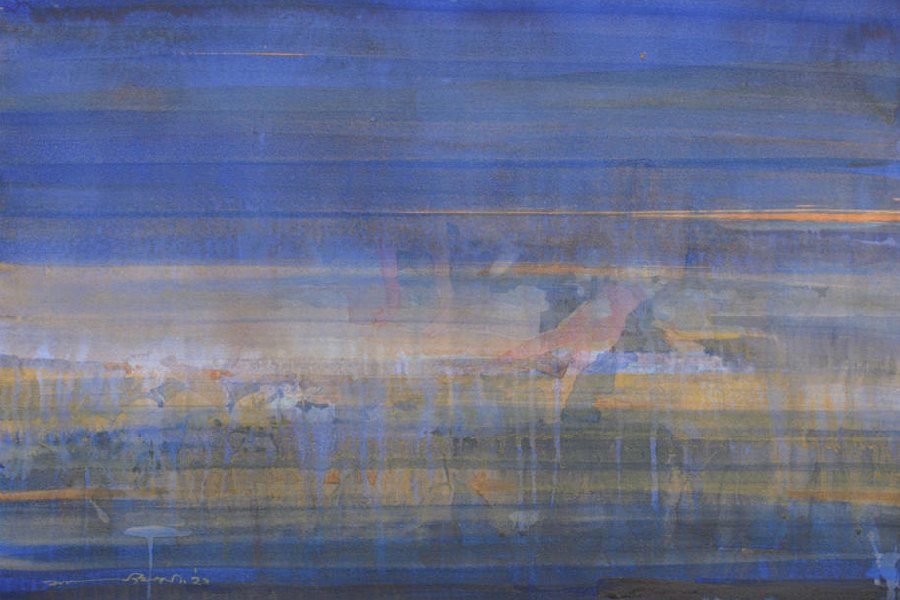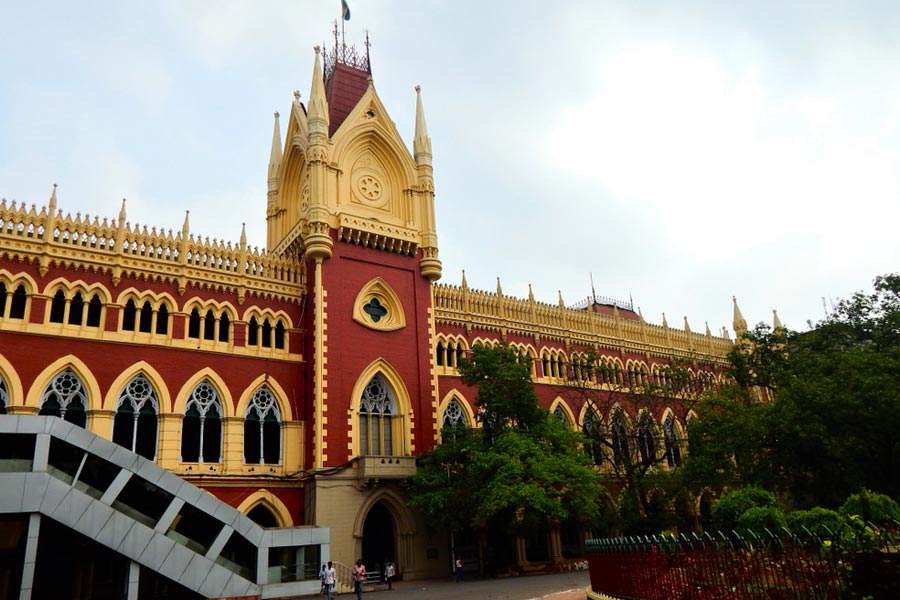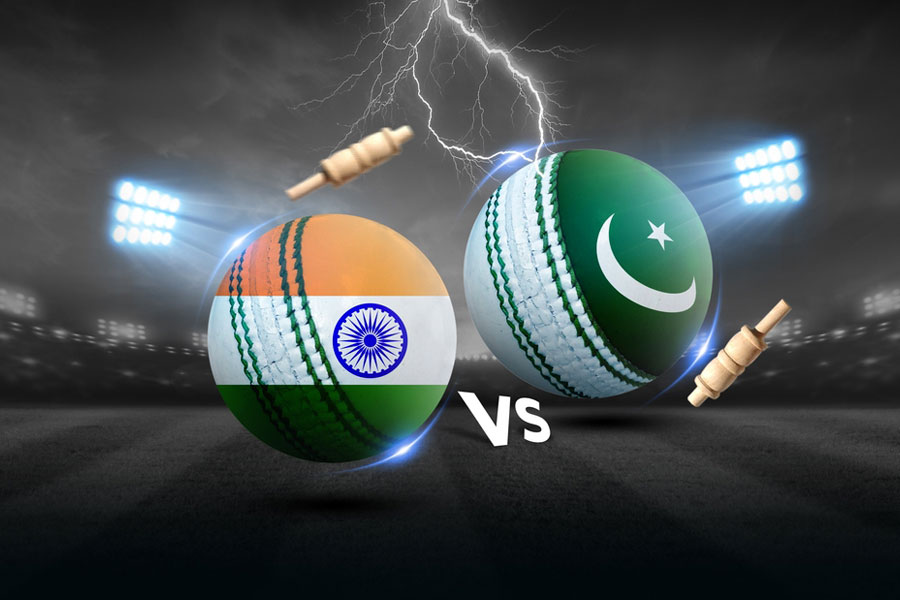Born in Berhampore in 1990 into a family of potters, Kartick Pal is a first-generation learner. Having witnessed the making of clay statues of Hindu deities at home from his childhood, he felt an affinity for watercolour from a very early age. He also could not help noticing the wealth of Islamic architecture — which he sketched avidly — in Murshidabad, close to his hometown. So after passing out from school, he joined the Indian Art College in 2010 and, by 2017, he had finished his Masters from the Government Dungar College in Bikaner.
The two art colleges he went to didn’t have much time for watercolours, but being an admirer of Shyamal Dutta Ray, Gopal Ghose, J.M.W. Turner, Anselm Kiefer and Andrew Wyeth, Pal practised the medium on his own and the beneficial effects of this were there for everyone to see at the young artist’s first solo show, Jalbarner Dinalipi (April 20-May 2), held at B.R. Panesar Gallery, Society of Contemporary Artists Trust.
What makes Pal’s work interesting is that unlike most artists, he does not keep repeating himself but refreshes his work by introducing new imagery and colours and methods of application that are bound to stimulate the imaginations of viewers. He is able to realise this with his strong grasp of the techniques of watercolour. This is tricky business and is not easy to achieve for watercolours dry up fast.
The colours he used were often bright and light, cerulean blue being the dominant shade. Yet, since the entire lot was conceived during the dark days of the lockdown at the time of the pandemic, the unsettling feeling the paintings cause is undeniable. He uses sweeping brush strokes in colours that one would find deceptively soothing. But beneath the layers of these soft shades, one discovers hints and suggestions of disconcerting and disturbing forms that could be of human beings or animals and even of their carcasses. This apparent contradiction piques the curiosity of viewers.











